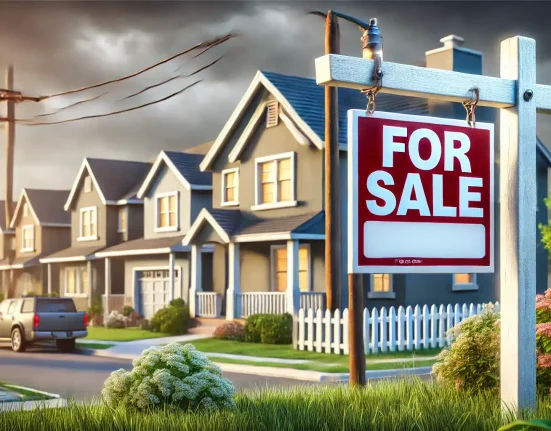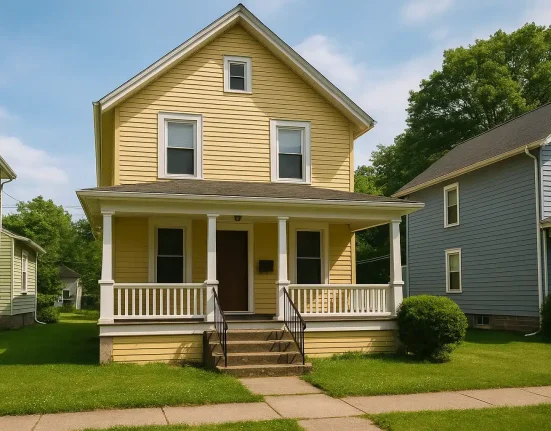

As July 2025 approaches, would-be homebuyers are hoping for a break in mortgage rates. With the Federal Reserve holding steady and inflation pressures fluctuating, predictions for July remain uncertain. Here’s what experts forecast.
Fed holds rates, but July meeting looms
At its June 2025 meeting, the Federal Reserve kept its benchmark interest rate unchanged at 4.25% to 4.5% for the third straight time. After implementing three rate cuts at the end of 2024, the Fed is adopting a “wait-and-see” stance as economic data evolves.
Economists widely anticipate that the Fed will maintain its current position in July, with CME FedWatch placing odds of a July pause at over 90%. However, some market watchers believe a rate cut could occur as early as September.
Mortgage rate trajectory: Slow and steady
Despite recent optimism, mortgage rates are unlikely to experience a significant drop in July. The average 30-year fixed mortgage rate currently hovers around 6.86% and has stayed below 7% for over 20 consecutive weeks, according to Freddie Mac.
Most experts expect mortgage rates to stay in the mid-6% range through summer:
- National Association of Realtors: Predicts 6.4% average in 2025
- Fannie Mae: Forecasts 6.1% by year-end
- Mortgage Bankers Association: Sees 6.7% in Q3
- Zillow: Projects a bumpy path ending near mid-6%
Tariffs and inflation temper rate cuts
The Trump administration’s renewed tariff policies are creating headwinds for mortgage relief. By raising the cost of imported materials, tariffs risk driving up inflation again, which could delay Fed action.
Economist Lawrence Yun argues the Fed is overlooking key disinflationary trends like falling oil prices and shelter costs. He suggests more holistic analysis could justify an earlier rate cut, potentially easing mortgage rates.
Why mortgage rates remain sticky
Mortgage rates are tied more closely to the 10-year Treasury yield than the Fed’s benchmark rate. In mid-June, the 10-year yield stood at 4.46%, up from 4.20% a year earlier. Despite this increase, spreads between the yield and mortgage rates have tightened slightly.
As long as lenders anticipate risk and economic uncertainty, spreads—and therefore mortgage rates—will stay elevated, even if Treasury yields stabilize.
Should homebuyers wait?
The question many are asking: should you wait to buy?
Experts say no. While mortgage rates are a major factor in affordability, they’re not the only one. Home prices remain high due to low inventory, and any future rate drop could spark demand spikes that push prices even higher.
Instead, buyers are advised to:
- Buy what they can afford now
- Explore smaller homes or condos
- Look outside urban centers
- Consider fixer-uppers or 15-year loans
- Ask about temporary rate buydowns
Outlook for refinancing
For those eyeing a refinance, 2025 may offer limited opportunities. With rates unlikely to fall below 6% soon, homeowners who secured loans in 2020–2021 should hold off. However, borrowers with higher rates from 2023–2024 may benefit, especially if inflation trends downward and the Fed eases policy.
Recent data from the Mortgage Bankers Association shows refinance activity fluctuating weekly but staying strong year-over-year—driven mostly by modest gains, not sweeping rate drops.
Expert consensus: Lower, but not low
In sum, don’t expect a sharp drop in mortgage rates this July. Key takeaways include:
- Fed policy will likely stay cautious until at least September
- Rates are expected to hover in the mid-6% range through Q3
- Tariffs and Treasury yields may prevent deeper cuts
- Buying now can still make sense depending on your financial readiness







